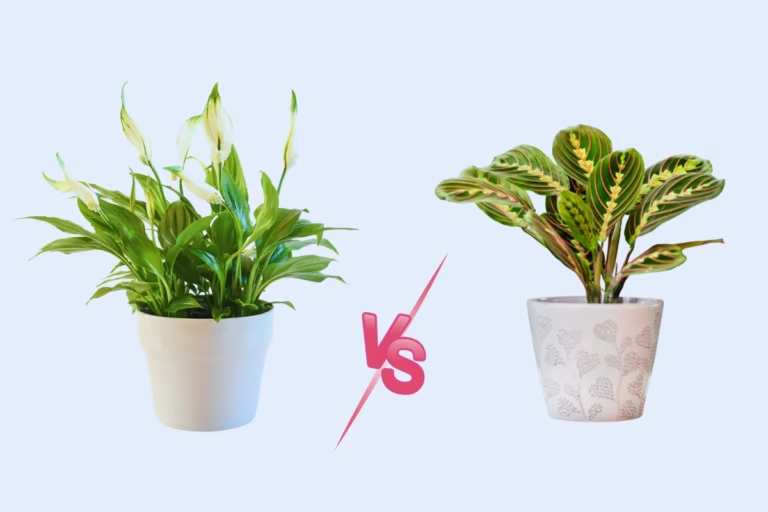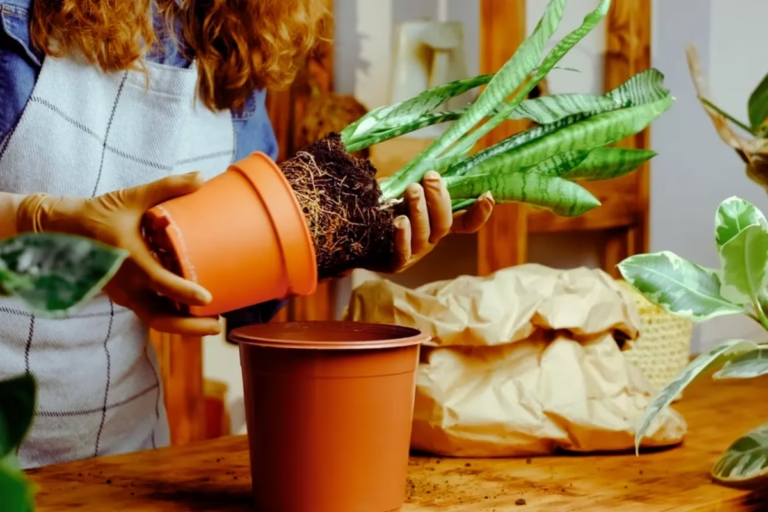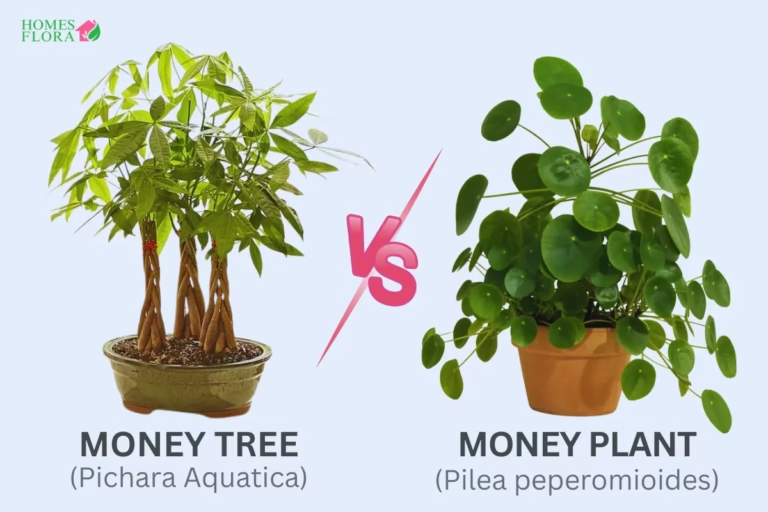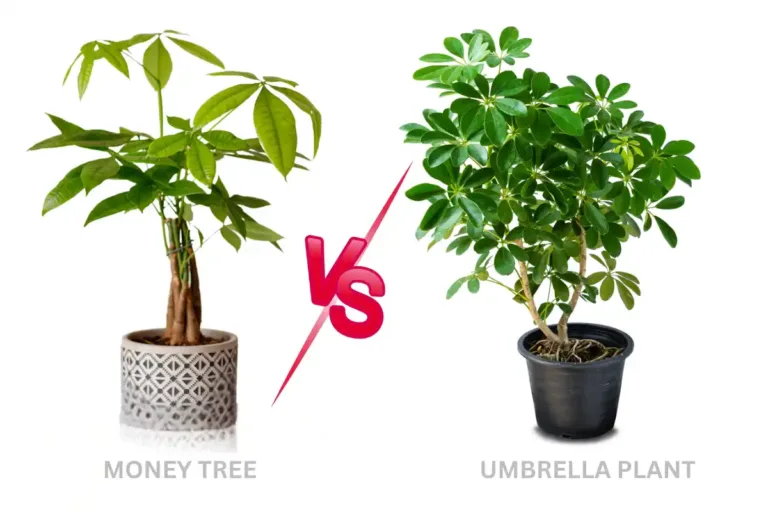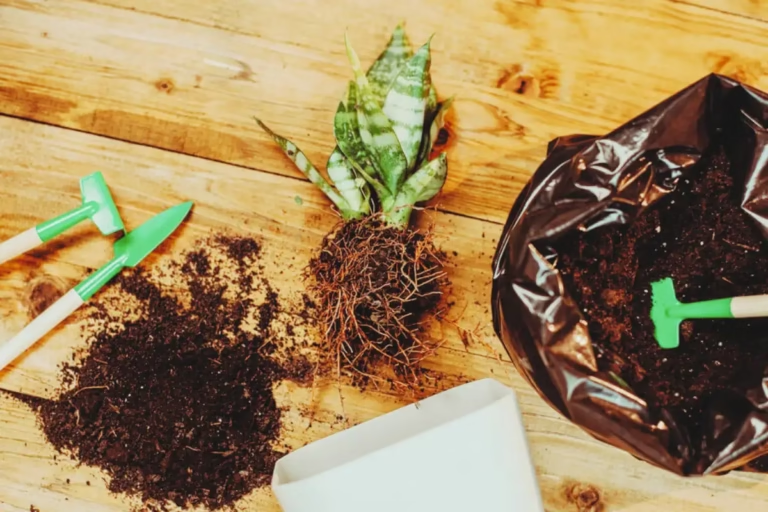Spider Plant Vs Snake Plant – Which Suits Your Home Best?
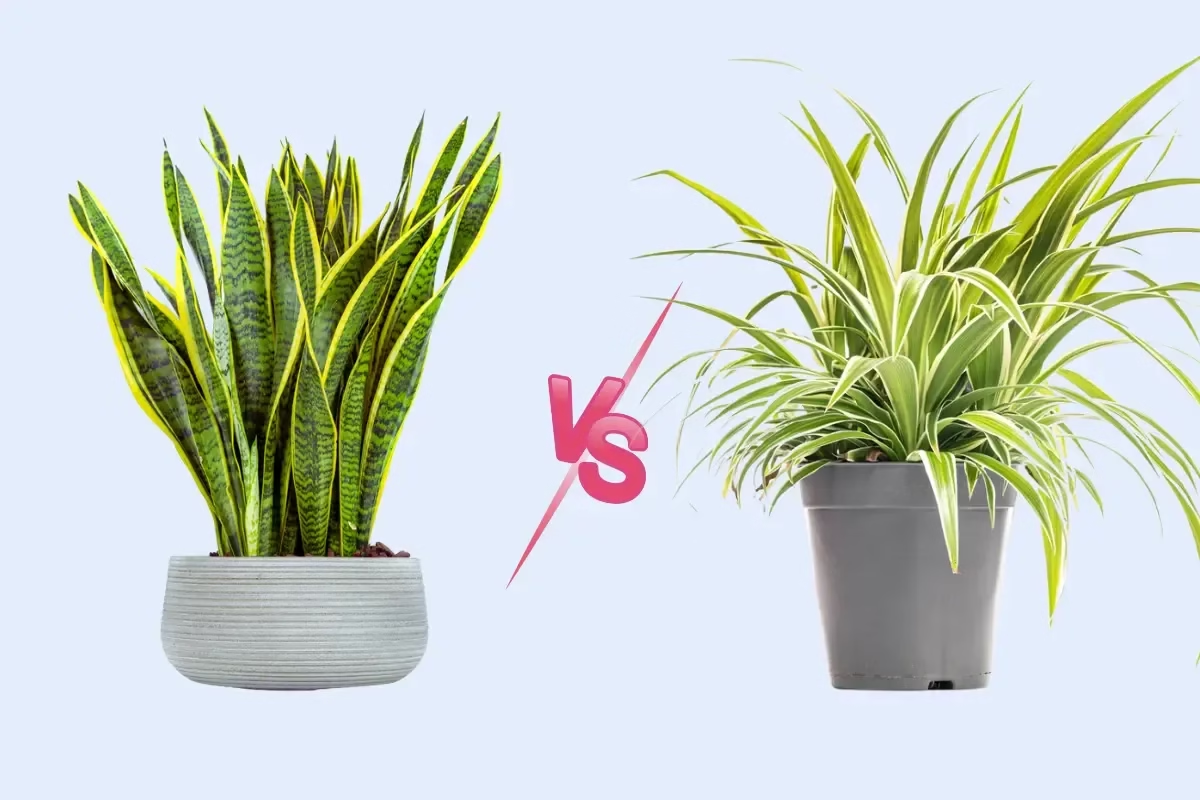
Trying to choose between a snake plant and a spider plant for your home? The snake plant (Dracaena trifasciata) is a tough, low-maintenance indoor plant that thrives in low light, doesn’t mind if you forget to water, and quietly purifies the air day and night. It’s great for busy people but is mildly toxic to pets, so keep it out of reach. The spider plant (Chlorophytum comosum) is a pet-safe and loves bright indirect light and helps remove toxins. Both are forgiving, beautiful, and help clean your air—perfect for any space. In this comparison of snake plant vs spider plant, you really can’t go wrong with either.
Quick Answer:
Snake plant is a hardy, low-maintenance indoor plant that thrives in low light, requires minimal watering, and removes toxins like benzene and formaldehyde—great for beginners or busy lifestyles.
Spider plant is pet-safe, grows quickly in bright, indirect light, produces baby “spiderettes” for easy propagation, and purifies air by removing formaldehyde and xylene—perfect for lively, family-friendly homes.
Snake Plant vs Spider Plant: Comparison Table
Feature | Snake Plant | Spider Plant |
|---|---|---|
Scientific Name | Sansevieria trifasciata (now as Dracaena trifasciata) | Chlorophytum comosum |
Family | Asparagaceae | Asparagaceae |
Common Names | Mother-in-law’s Tongue, Viper’s Bowstring Hemp | Airplane Plant, Ribbon Plant |
Mature Size | 2–4 ft tall | 1–2 ft tall, 2–3 ft wide with cascading “pups” |
Growth Style | Vertical, upright growth | Arching, spreading with offshoots |
Growth Speed | Slow | Fast |
Light Needs | Low to bright indirect light | Prefers bright, indirect light |
Watering Needs | Drought-tolerant; water when soil is fully dry | Likes evenly moist soil; do not overwater |
Care Level | Very low maintenance | Easy, but requires slightly more attention |
Air Purifying | Yes – removes benzene, formaldehyde (24/7) | Yes – removes formaldehyde and xylene |
Toxicity to Pets | Mildly toxic (can cause nausea if ingested) | Non-toxic – safe for cats and dogs |
Special Trait | Thrives on neglect, survives low light and dry air | Produces “spiderettes” that can be propagated easily |
Ideal For | Offices, bedrooms, minimal-care environments | Pet owners, hanging baskets, decorative shelves |
A quick look at the snake plant vs spider plant shows how differently they suit indoor spaces. The snake plant (Sansevieria trifasciata, now Dracaena trifasciata) is a low-light, low-maintenance plant ideal for offices and bedrooms.
The spider plant (Chlorophytum comosum) thrives in bright, indirect light and is non-toxic to pets. Both are powerful air-purifying plants, but their growth style, toxicity, and care needs vary—making your choice about light conditions, pet safety, and aesthetic preferences.
Snake Plant vs Spider Plant: A Complete Face-Off
Physical Identifications
The vertical warrior boasts stiff, sword-shaped foliage with striking yellow edges or muted green bands, growing rigidly upward like nature’s skyscraper. Meanwhile, the cascading performer flaunts arching ribbons of green-and-white striped leaves, tumbling exuberantly from its pot while sprouting miniature aerial clones.
Watering Needs
The drought-defying specimen scoffs at frequent drinks, thriving on monthly sips and preferring bone-dry soil between waterings. While its counterpart enjoys consistent moisture but despises soggy feet, bouncing back dramatically from the occasional thirst strike.
Soil Types
Rocky, sandy mixes with stellar drainage are paradise for the succulent-leaved variety. Whereas its fibrous-rooted rival prefers loamy, peat-based blends that retain just enough moisture without drowning its roots.
Temperature and Humidity
The desert-born stoic shrugs off arid air and temperature swings from 55°F to 85°F with equal indifference. While the tropical descendant prefers steady warmth (65°F–80°F) and revels in occasional humidity, though it adapts grudgingly to dry interiors.
Growth and Lifespan
Slow but steady describes the upward-thrusting evergreen, living decades with minimal care and rarely outgrowing its space. In contrast, the rapid-growing fountain can double in size yearly, producing dangling offspring that promise immortality through endless propagation.
Light Requirements
The plant like snake is endures dim corners but develops bold hues in bright, indirect light while the Spider Plant demands medium to bright indirect rays to fuel its explosive growth and signature stripes, though it won’t perish in lower light—just sulk.
Final Note: Snake plant is a disciplined survival artist while the Spider plant is a prolific free spirit. Your pick depends on whether you crave unshakable resilience or joyful abundance.
Snake or Spider Plant: What’s Best for You?
The snake plant (Dracaena trifasciata) is a low-maintenance powerhouse that thrives on neglect. As a bold, air-purifying plant, it delivers 24/7 air purification, removing toxins like formaldehyde and benzene. Perfect for offices, bedrooms, or any low-light indoor space, it offers full snake plant benefits with minimal effort—ideal for busy lives and modern homes.
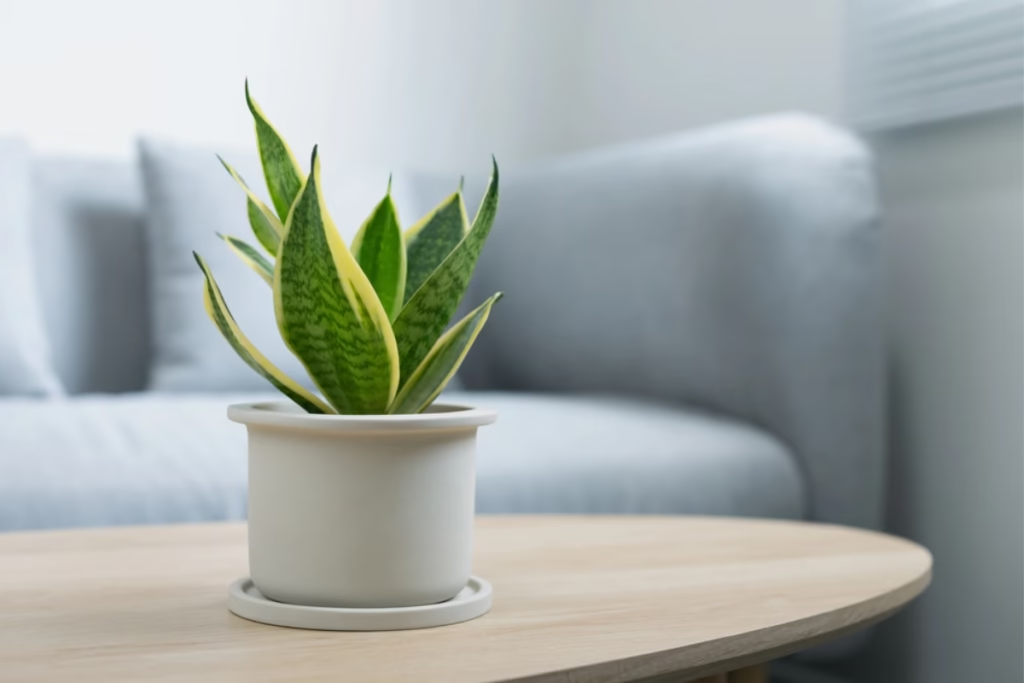
The spider plant (Chlorophytum comosum) is a fast-growing, pet-safe houseplant that’s great for beginners. It helps purify indoor air and grows baby spiderettes you can easily propagate. With its cascading leaves, it thrives in bright spaces, hanging pots, or on shelves—perfect for plant lovers and pet-friendly homes.
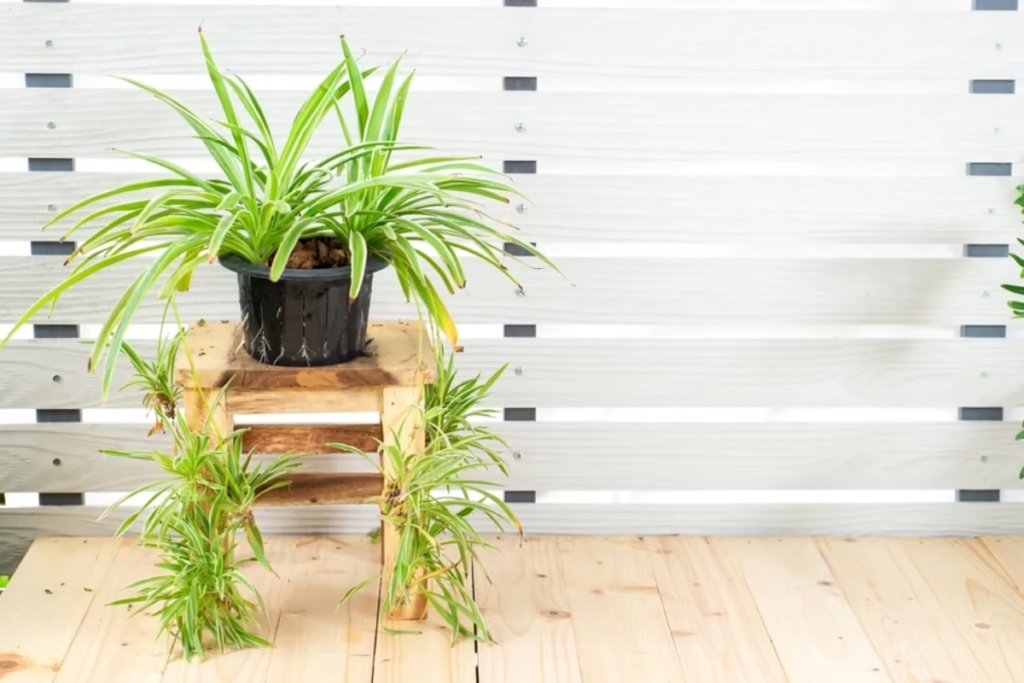
Snake Plant and Spider Plant: Better Together Indoors
Why choose? The snake plant (Dracaena trifasciata) and spider plant (Chlorophytum comosum) make the perfect pair. Together, they bring bold structure, cascading greenery, and help improve indoor air quality all year round. This mix of resilience, softness, and style makes any space feel healthier, greener, and more alive.
Related: Calla Lily Vs Peace Lily and Anthurium Vs Spathiphyllum is the Plant comparison on HomesFlora that helps you to find the perfect plant for you space.
Frequently Asked Questions (FAQs)
What’s better, spider plant or snake plant?
Neither is “better”—they excel in different roles. Snake plants win for neglect-tolerant, architectural appeal and 24/7 air purification. Spider plants triumph with rapid growth, pet-safe foliage, and playful propagation. Match your lifestyle: low-effort elegance (snake) vs. lively interaction (spider).
Does a snake plant purify the air?
Yes! NASA studies confirm snake plants remove toxins like benzene and formaldehyde. Unlike most plants, they convert CO2 to oxygen at night, making them ideal for bedrooms.
What are the disadvantages of spider plants?
They demand more frequent watering (weekly in bright light), may brown tips in dry air, and grow aggressively—requiring pruning or repotting. Their dangling “babies” can clutter small spaces.
What are the disadvantages of a snake plant?
Slow growth means patience for size gains. Overwatering kills easily (rot-prone). Mildly toxic if ingested (keep from pets/kids). Lacks visual variety—no flowers or trailing stems.

